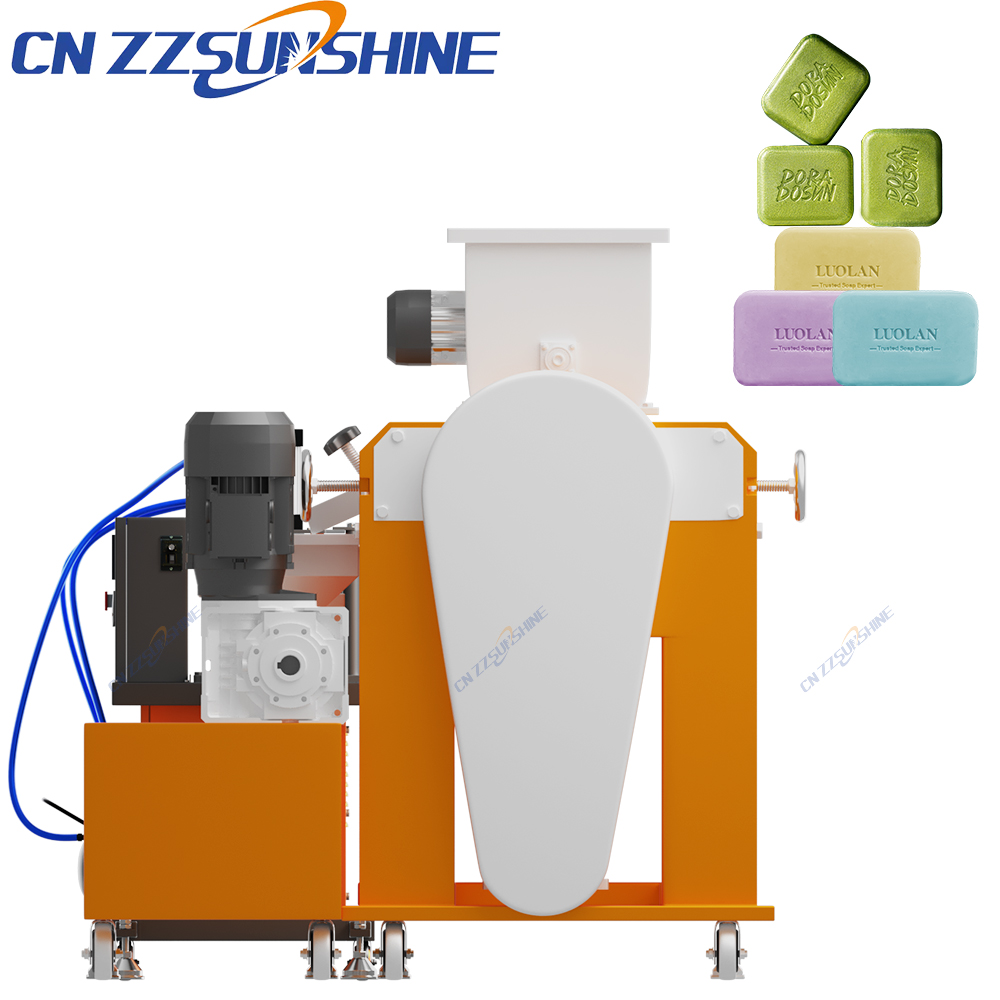Streamlining soap manufacturing demands precision, efficiency, and consistent quality. For businesses scaling up or launching new bar soap products, investing in a cohesive **soap making production line** is no longer a luxury but a necessity. Moving beyond fragmented manual processes or mismatched single machines, a fully integrated system handles everything from refining the soap base to cutting and finishing the final bars.
The heart of the line often begins with a robust **soap mixer** or **mixing machine**, ensuring homogeneous blending of fats, oils, lye, additives, and fragrances – critical for both **laundry soap making line** and **toilet soap finishing line** operations. This mixture is then fed into a **soap plodder machine for bar soap**, typically a **vacuum plodder**. This crucial component removes air pockets under vacuum, significantly enhancing bar density, lather quality, and longevity. The compressed, continuous noodle emerges ready for forming.
Modern lines utilize sophisticated **automatic soap production line** controls. The extruded soap log proceeds to an **electric washing soap cutter** or a more advanced **custom soap cutting machine**. These **cutter** units deliver precise, consistent bar weights and dimensions at high speeds, minimizing waste. For specialized applications like **beauty soap making line** or **bath soap making machine** setups, incorporating a **three roller mill for cosmetics** prior to the plodder refines texture and ensures ultra-smooth incorporation of delicate ingredients or pigments.
The final stage involves the **toilet soap finishing line** or **laundry bar soap production line** components. This includes stamping, cooling tunnels, optional polishing, and automated packing. The key advantage of an integrated **soap plodder** and cutter system within a complete line is dramatic throughput increase while maintaining exacting standards. Operators gain better control over the entire **soap making machine** process, from raw material input to finished packaged bars. This translates to reduced labor costs, minimized human error, superior product uniformity, and the agility to meet diverse market demands efficiently. Choosing the right configuration, focusing on component synergy and automation level, directly impacts your bottom line and brand reputation.




